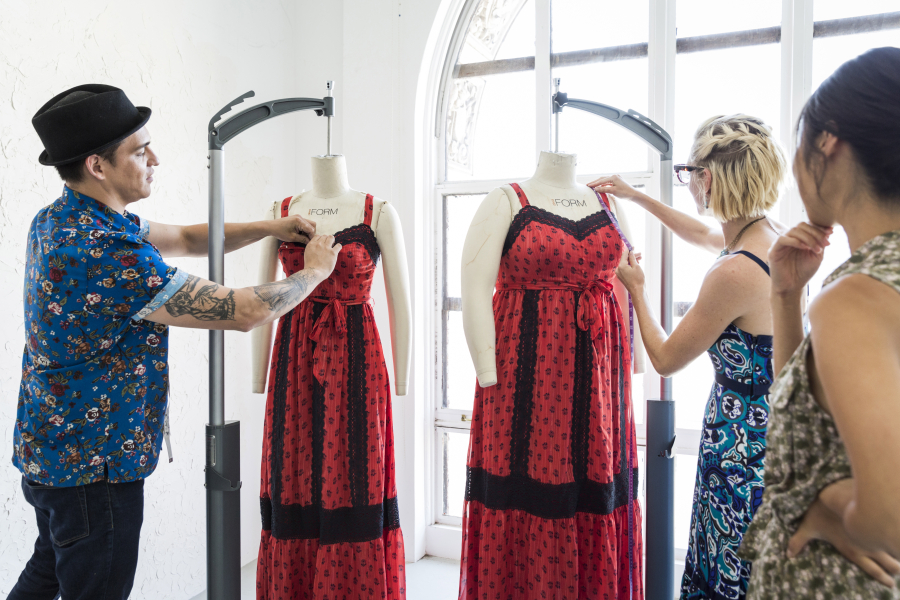As soon as Heidi Zak studied the numbers, she knew it was time to sell a bigger bra.
Zak, founder of the online start-up Third Love, has spent three years building her line. The company now offers 59 sizes, and it is testing 15 more. But demand — especially for larger sizes — is only rising.
Consider, she says: More than 500,000 women remain on the company’s waiting list for bras in sizes like 44G and 46K.
“As soon as you look at the data, it’s clear: It’s a market that’s so underserved,” Zak said.



